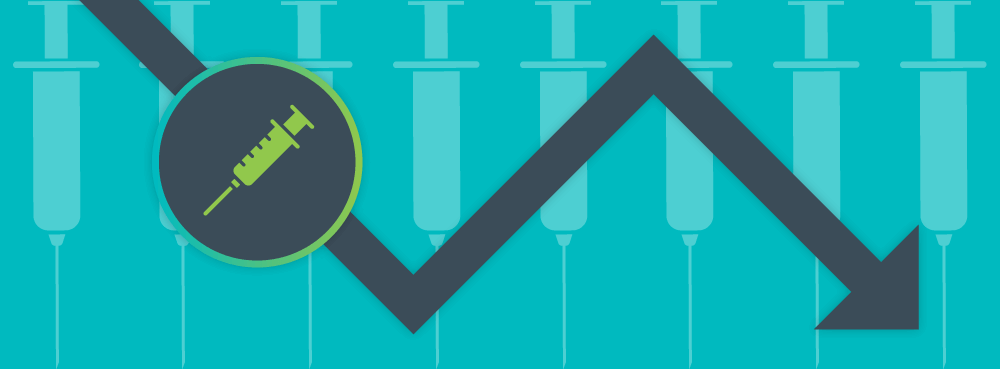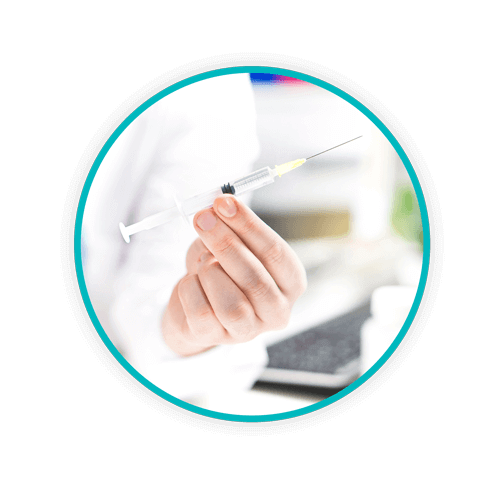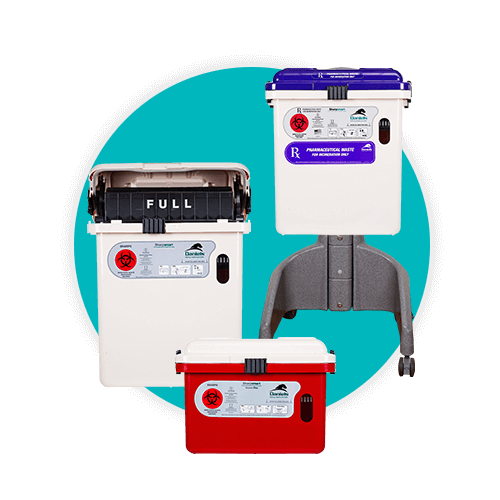Needlestick Injury Reduction Strategies in Hospitals

Hospitals are listed #1 in the type of healthcare facilities incurring the highest number of needlestick injuries in the United States, a statistic reinforced by the recent EXPO-STOP study which documented that even with the use of safety-engineered devices, over 320,000 needlestick and other sharps-related injuries are incurred by healthcare workers every year. To lower needlestick injury rates, hospitals are now recognizing the need to be more aggressive in their sharps injury reduction strategies.
The facilitators of the EXPO-S.T.O.P study (Exposure Survey of Trends in Occupational Practice) interviewed clinicians from hospitals who had achieved a remarkably low needlestick injury rate. Through these 2017 surveys, some common themes emerged of what the most effective practices were for reducing exposure injuries.
Reduce risk of needlestick injuries by:
- Providing education around sharps injury prevention and SED use, especially at the time of new employee orientation and each time an exposure is sustained
- Creating a “no blame, no shame” culture to encourage staff to actively report sharps injuries
- Report and investigate all sharps injuries, identifying trends or patterns of sharps injury occurrence and completing thorough analysis with the participation of the injured staff
- Publishing facility-wide sharps injury statistics regularly and making the data transparent to all staff
- Setting sharps injury reduction goals—for example a goal of 10% reduction each year.
- Promoting mindfulness during sharps procedures and reminding staff to slow down
- Reviewing the facility’s Exposure Control Plan annually, including the evaluation of SEDs and sharps containers with proven safety
- Review the use of SEDs and work towards the target of SEDs being used in no less than 98% of all hollow-bore needle procedures.
- Audit the activation of SEDs and set targets such as ‘100% of SED to be activated after use’
- Placing particular focus on processes, medical waste container positioning and training of surgical staff. The OR still claims the highest rates of needlestick injuries of any hospital unit.
- Change the acceptable norm, especially in the OR, reiterating to surgical and nursing staff that “sharps injuries DO NOT come with the job”
- Where possible, implement a hands-free sharps passing technique (Neutral Zone) in all OR procedures.
Leadership support is also a vital factor according to a recent study evaluating needlestick injurie trends:
“Employees who perceived strong senior leadership support for safety and who received high levels of safety-related feedback and training were half as likely to experience blood or body fluid exposure incidents.”1
 The Legal responsibility of Healthcare Facilities
The Legal responsibility of Healthcare Facilities
Proactive sharps injury reduction strategies are required by law. As reinforced through the OHSA Needlestick Injury and Prevention Act, it is also a legal requirement that healthcare facilities annually seek and evaluate safer technologies that could assist in reducing staff exposures. To assist your facility in bringing renewed staff awareness around the topic of sharps injuries and preventable strategies, download our sharps injury prevention poster.
References
1. Gershon RRM, Karkashian CD, Grosch JW, et al. Hospital safety climate and its relationship with safe work practices and workplace exposure incidents. Am J Infect Control 2000;28:211-21
Let's Talk!
Your time is valuable, and we don’t want to play hard to get. You can either phone us directly on the details listed on our contact page, or feel free to fill out this short form and one of our team members will get back to you as quickly as possible.
